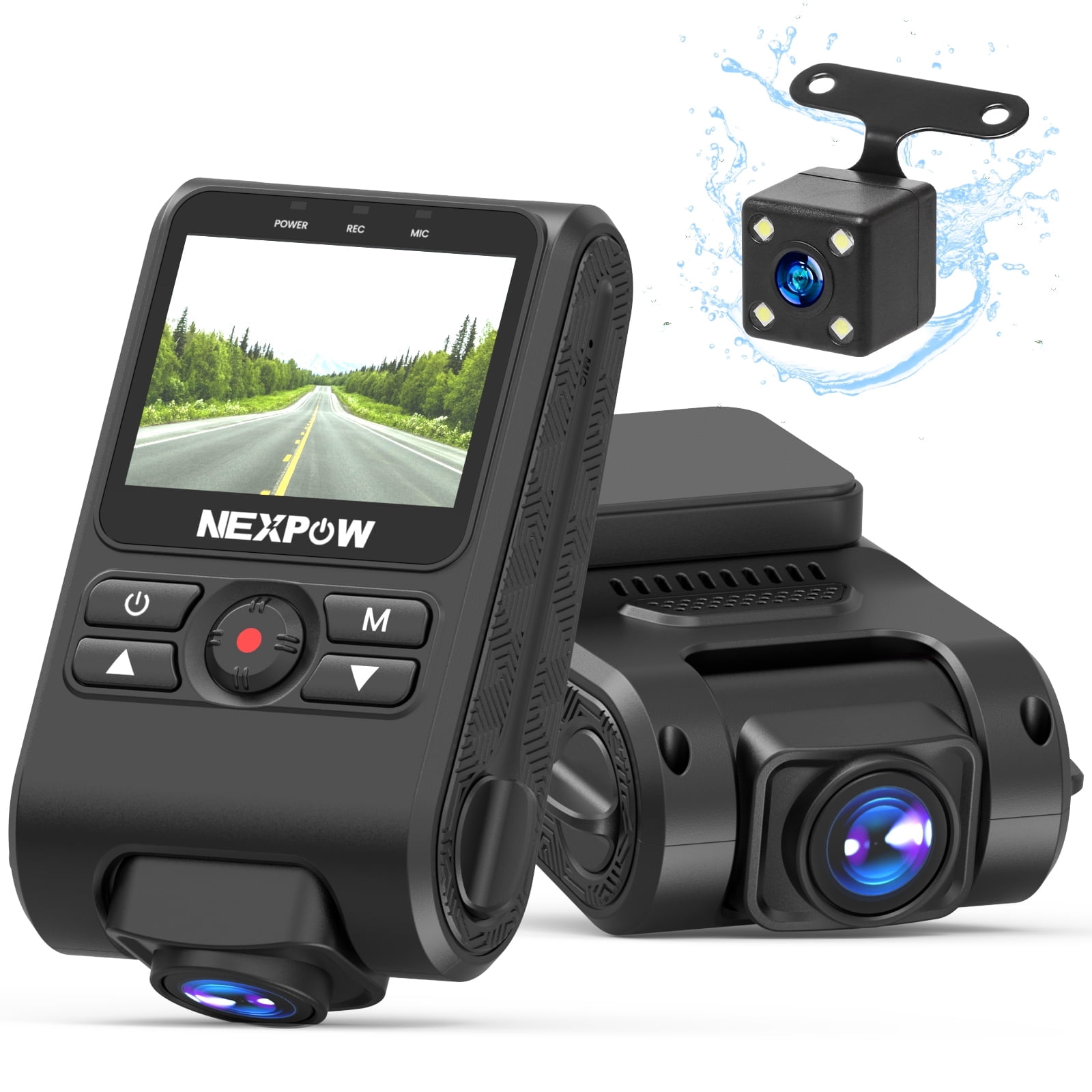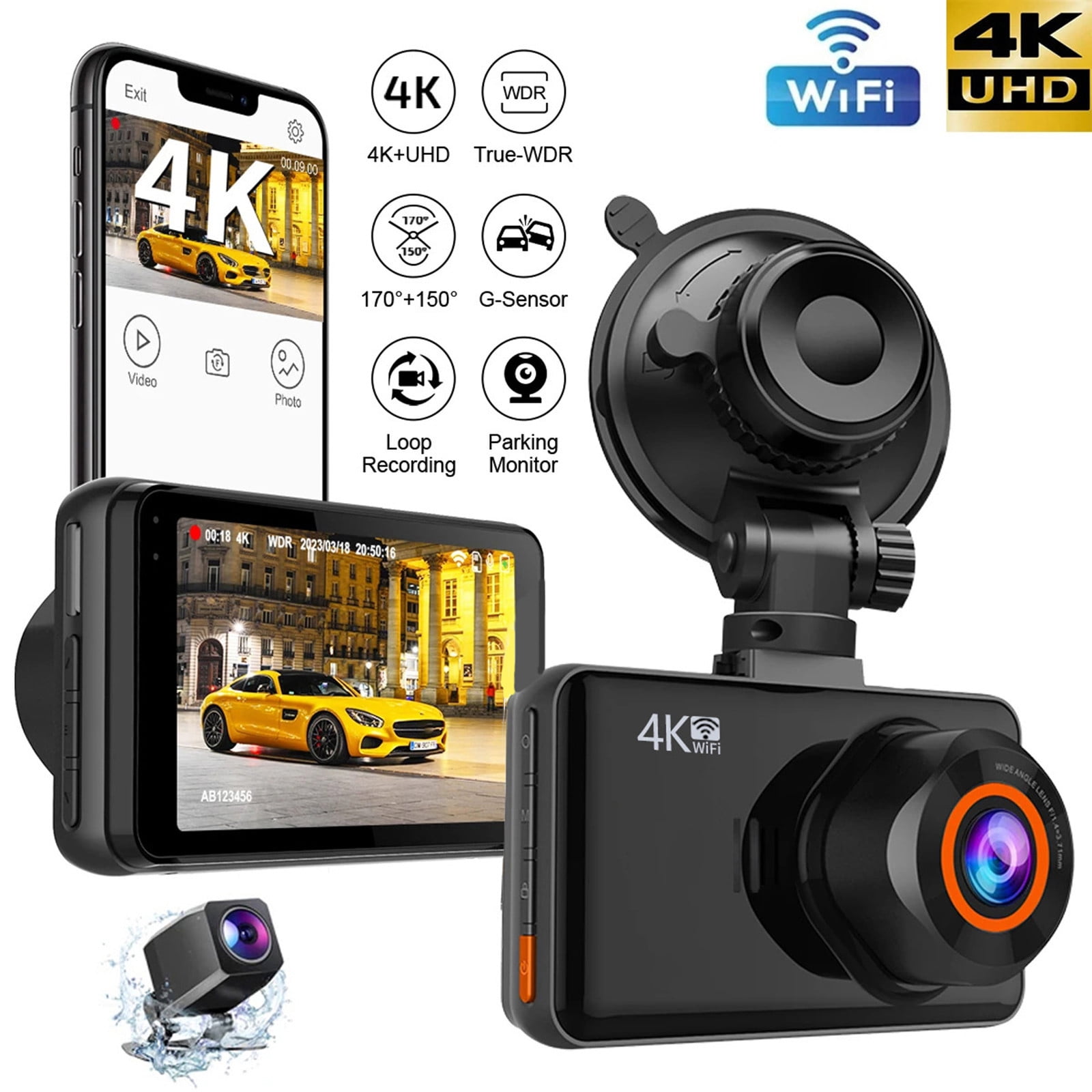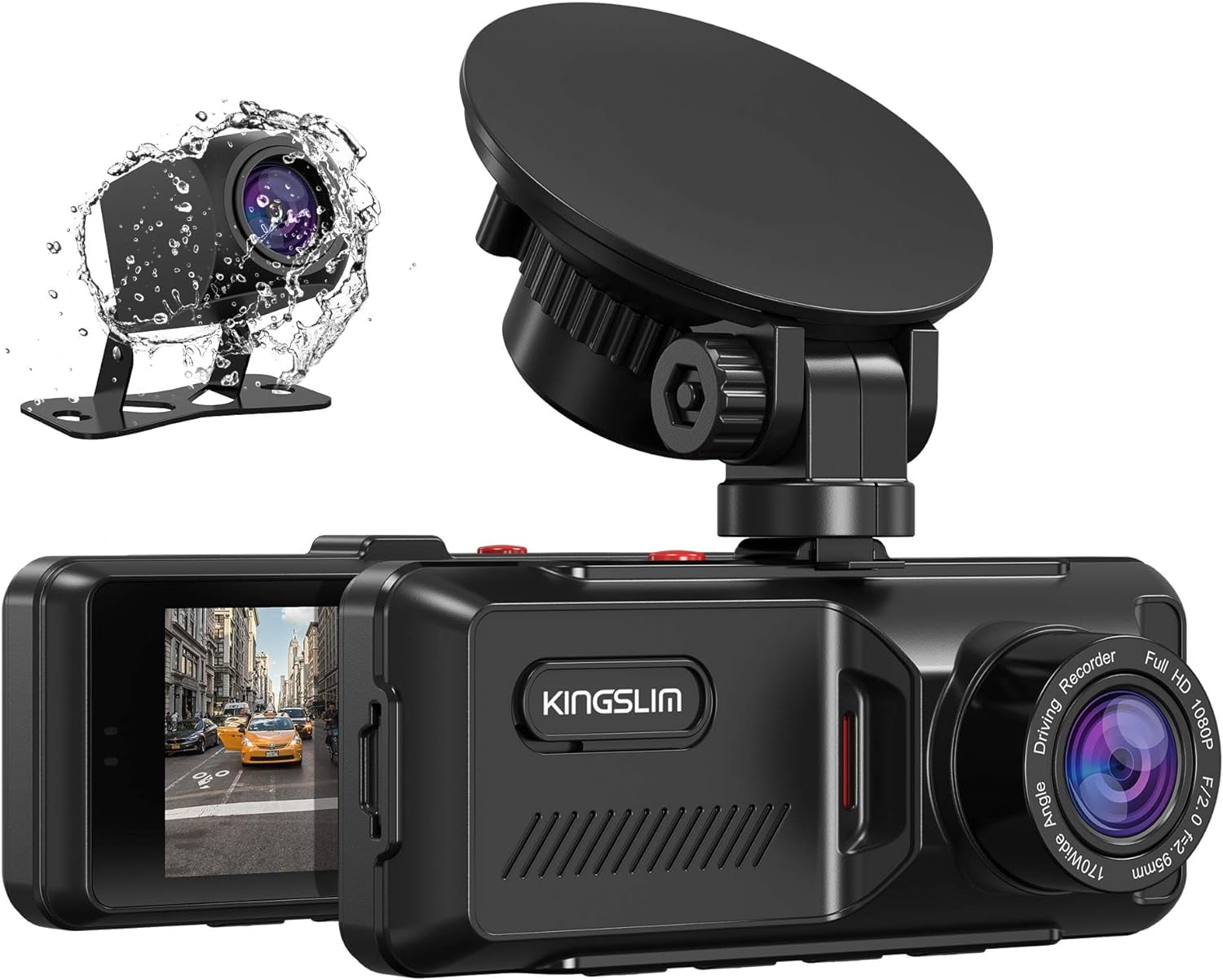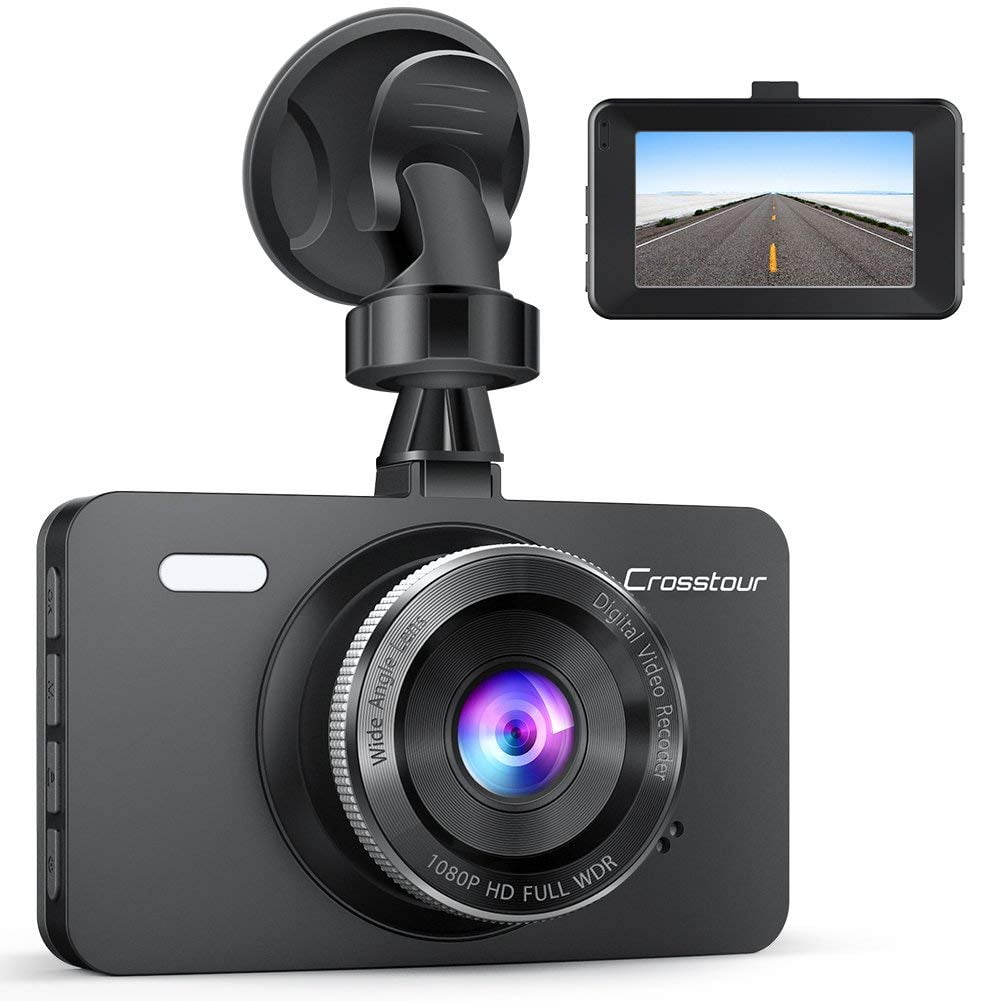Full Hd Dash Cam With Motion Sensor

The relentless surge in vehicular traffic and the unfortunate rise in road incidents have fueled a growing demand for reliable and effective car surveillance technology. Dash cams, once considered a luxury, are rapidly becoming a necessity for drivers seeking to protect themselves from liability, deter theft, and document potential collisions. Among the myriad of options, the full HD dash cam with motion sensor capabilities is emerging as a particularly sought-after solution.
This article delves into the features, benefits, and potential drawbacks of full HD dash cams equipped with motion sensors. It examines their role in enhancing vehicle security and providing crucial evidence in insurance claims and legal proceedings. Furthermore, it explores expert opinions on the optimal usage and ethical considerations surrounding these increasingly ubiquitous devices.
Understanding the Technology
A full HD dash cam with a motion sensor combines two critical functionalities. The full HD (1920x1080) resolution ensures clear and detailed video recordings, capturing license plates, street signs, and other vital information with greater accuracy. The motion sensor, on the other hand, triggers the camera to begin recording when movement is detected in its vicinity, even when the vehicle is parked and unattended.
This is particularly useful for catching potential vandals or thieves attempting to break into or damage the vehicle. Advanced models may also incorporate features like GPS logging, which tracks the vehicle's location and speed, and loop recording, which automatically overwrites older footage to maximize storage capacity.
Benefits and Advantages
The primary advantage of a full HD dash cam with motion sensor lies in its ability to provide 24/7 surveillance. Unlike traditional dash cams that only record while the engine is running, these devices remain vigilant even when parked. This constant monitoring can act as a significant deterrent to potential criminal activity.
Beyond security, these dash cams are invaluable in documenting traffic accidents. Clear video evidence can help determine fault in a collision, simplifying insurance claims and protecting drivers from unfair accusations. The high-resolution footage ensures that details, such as traffic signals and other vehicles involved, are clearly visible.
For example, a study by the Highway Loss Data Institute (HLDI) suggests that vehicles equipped with forward collision warning and automatic emergency braking systems, functionalities often integrated or complemented by dash cam evidence, experience significantly lower claim frequencies for property damage liability.
Potential Drawbacks and Ethical Considerations
Despite their numerous benefits, full HD dash cams with motion sensors also present certain challenges. Battery drain is a significant concern, as continuous monitoring can deplete the vehicle's battery, especially in older models or vehicles with weaker batteries. Proper installation and careful selection of power-saving modes are crucial to mitigate this issue.
Privacy concerns also arise, particularly regarding the recording of public spaces. While recording within one's own vehicle is generally permissible, recording audio without consent or capturing footage that infringes on the privacy of others can raise legal and ethical questions. Users should familiarize themselves with local laws and regulations regarding dash cam usage.
According to Dr. Emily Carter, a professor of legal ethics at the University of California, Berkeley, "The key is balance. We need to acknowledge the potential benefits of dash cams in deterring crime and promoting road safety, while also safeguarding individual privacy rights and ensuring responsible usage."
Expert Recommendations and Future Trends
Experts recommend choosing dash cams from reputable brands with a proven track record of reliability and customer support. Features like wide-angle lenses, night vision capabilities, and impact sensors are also highly desirable. Proper installation, including secure mounting and discreet wiring, is essential to ensure optimal performance and avoid distractions while driving.
The future of dash cams is likely to involve greater integration with other vehicle systems, such as advanced driver-assistance systems (ADAS) and telematics platforms. Cloud storage and AI-powered features, such as automatic incident detection and emergency alerts, are also expected to become increasingly common.
Market research firm Gartner predicts a significant increase in the adoption of smart dash cams with enhanced connectivity and analytical capabilities over the next five years, driven by growing demand for improved road safety and enhanced vehicle security.
Ultimately, the decision to invest in a full HD dash cam with motion sensor is a personal one, based on individual needs and priorities. However, given the increasing prevalence of road incidents and the growing importance of reliable evidence, these devices are undoubtedly becoming an indispensable tool for modern drivers seeking to protect themselves and their vehicles.


















